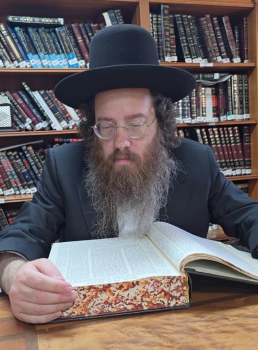The Wedding Night
Question
Answer
Shalom!
Thank you for your question!
After the first “biah” (intercourse) of a bride and groom, when it is assumed that a woman will see blood, the woman will come a Nidda even though the blood is hymenal blood and not menstrual blood. In fact, even if there is no blood, once the biah is complete, the woman is considered to be Nidda, as we assume there was a small amount of blood that went unseen. If there is some doubt whether there was a complete penetration, then a rabbi must be consulted. This first biah is also known as the “bias mitzva” as it consummates the marriage between them and allows them to begin the process of the mitzva to “be fruitful and multiply.”
There are a number of reasons why a bride becomes Nidda from hymenal bleeding even though it is not “uterine blood” but, rather, “blood of a wound” (and blood from a wound does not generally render a woman a Nidda). But that is beyond the scope of this discussion.
A groom is permitted to have biah even if the bride bleeds as a result there and there are no restrictions to be concerned about. However, once the biah is completed and the groom withdraws, the bride assumes the status of Nidda.
However, as to your question, there is no requirement for a groom to withdraw after the act of biah. The Nidda status only begins after withdrawal.
Source
Nidda 64,65; YD 193 and commentaries
